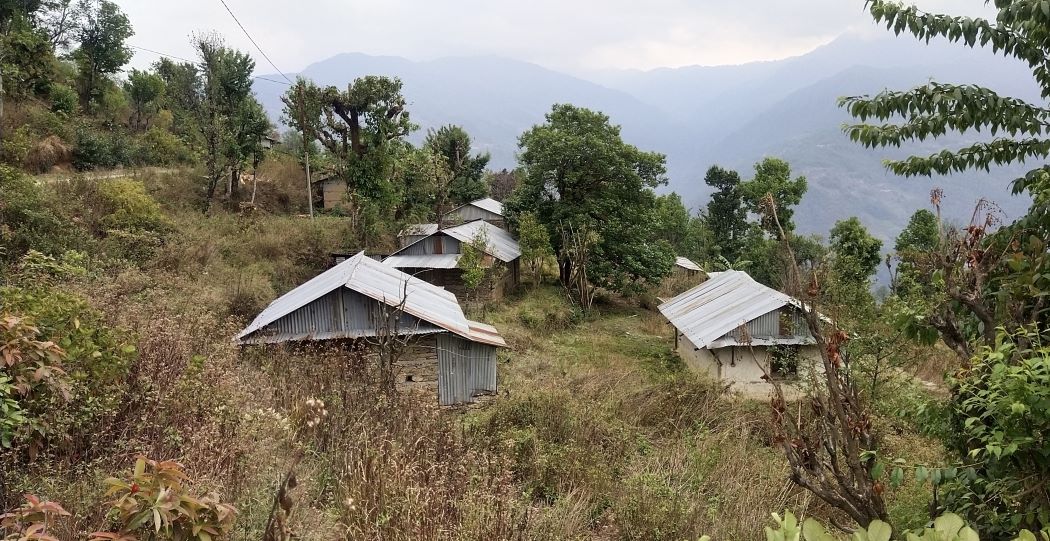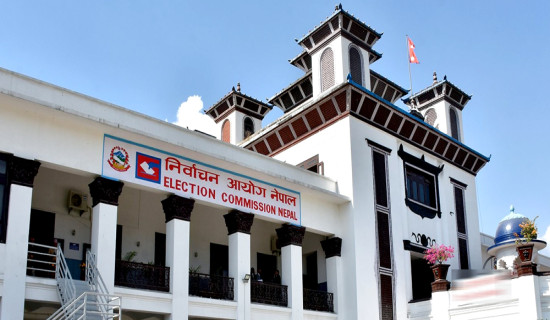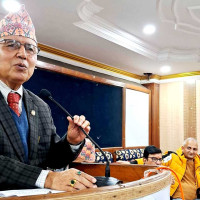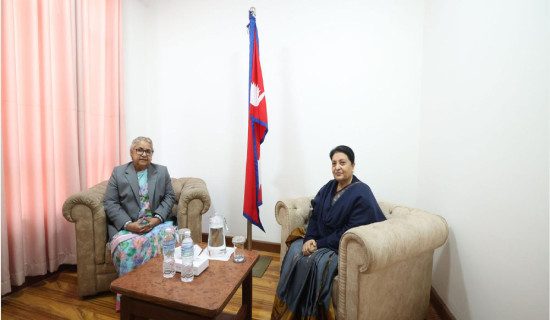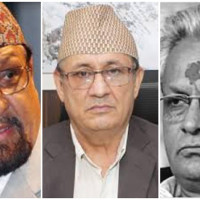- Monday, 8 December 2025
Dolakha people migrating from reconstructed houses
By Sujan Kafle,Dolakha, Apr. 25: It has been eight years since the devastating earthquake rattled central Nepal killing 9,000 people and destroying thousands of houses, temples, and important monuments in 14 districts on April 25, 2015.
Although more new houses have been constructed in the villages after the massive earthquake, they have become empty over the years after the number of people leaving villages for the urban areas has increased.
Dolakha is one of the 14 districts that was severely affected by the 2015 earthquake. Although the big earthquake with Gorkha as its epicenter
rocked the Dolakha, the latter suffered more damages in the aftershock of May 12, 2015, that had its epicenter in Dolakha itself.
Of the 73,000 houses damaged by the two earthquakes in Dolakha, 62,590 have already been reconstructed, according to Assistant Sub-engineer Ram Sharan Neupane. He said that tranches of 70 to 80 people have been sent, and the remaining work was still in progress.
Rita Subedi, a local, said that of 36 households of Ghimiretole of Hillepani in Kalinchok Rural Municipality-4, only 14 households are in the village.
The remaining 22 families have been living in Kathmandu even after building houses from the government grant in the village. She added that the people started migrating to the urban areas after facing drinking water problems in the settlement.
As the number of unoccupied houses increased, the remaining villagers have begun feeling alienated, said another local resident Rajkumar Karki.
Karki expressed his concern over the increasing migration and said that the village now looked like a ghost settlement. Currently, most of the houses built by the earthquake beneficiaries who have now gone outside the district in search of job opportunities, foreign employment, and new opportunities remain locked. Therefore, it is necessary to assess the condition
of the houses built with subsidies, argued locals.
Deepak Khulal, chairman of Ward No. 4 of the rural municipality, said that migration was rapidly increasing in the village.
According to Khulal, the situation is the same not only in his ward but also throughout the village. Although investments are being made in agriculture, education, and roads, more people are fleeing the villages.

